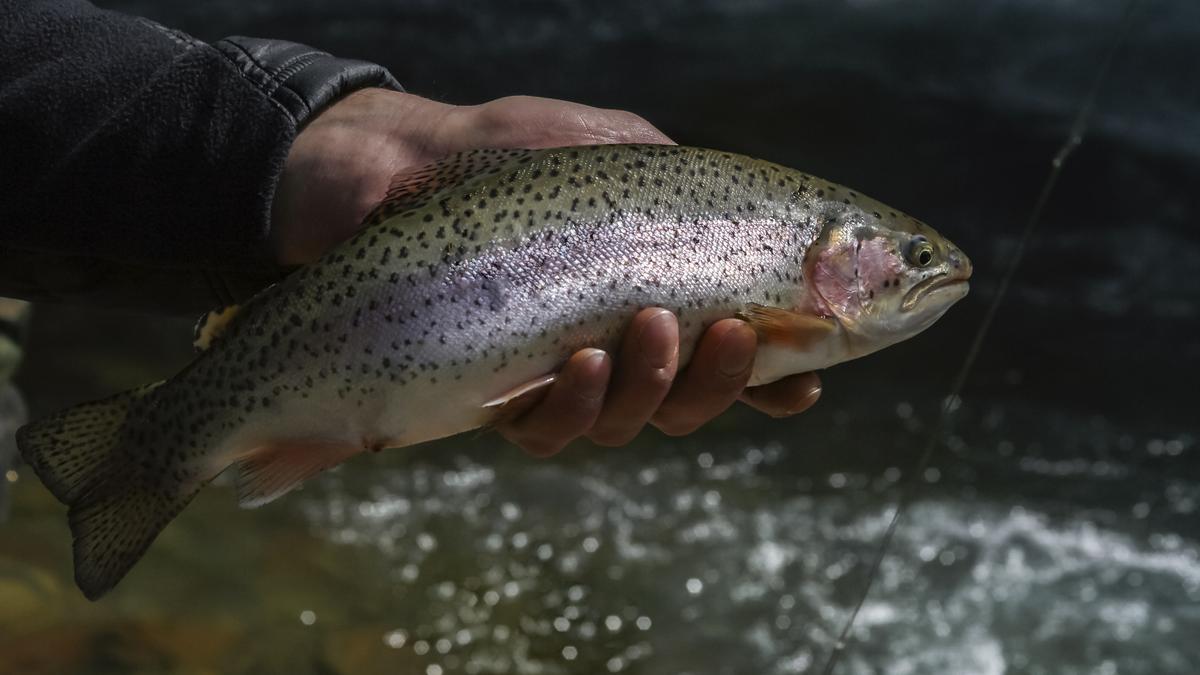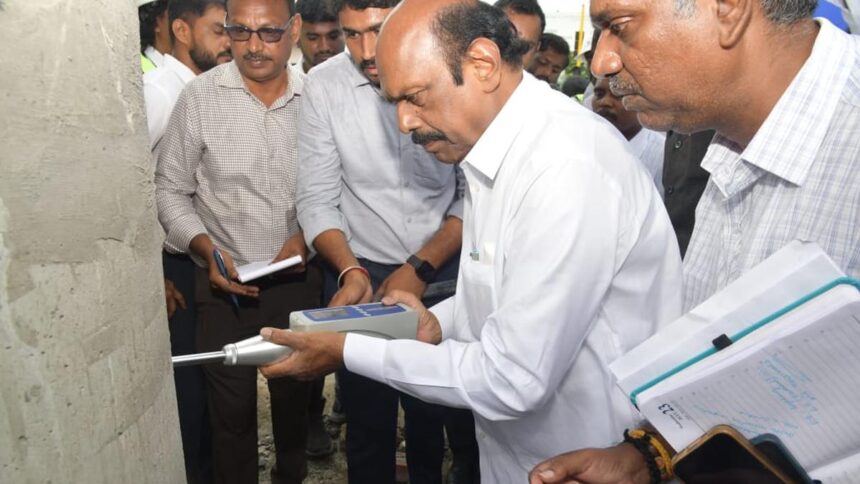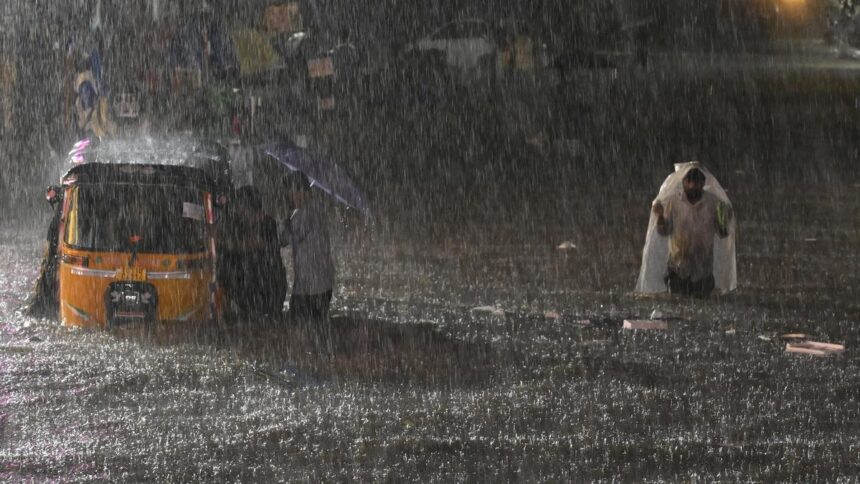
In Himachal Pradesh, brown trout and rainbow trout are found in the Rivers including, the Beas, Sutlej and the Ravi in the upper Himalayan region. Representational image.
| Photo Credit: Getty Images/iStockphoto
The rise in flash flood incidents in Himachal Pradesh over the years has been hurting the fragile aquatic habitat of the rivers and streams, posing a threat to species like trout, the exotic Salmonidae fish that thrives in the cold, fresh waters of high-altitude Himalayan mountains.
In Himachal Pradesh, brown trout (Salmo Trutta fario) and rainbow trout (Salmo gairdneri gairdneri) are found in the Rivers including, the Beas, Sutlej and the Ravi in the upper Himalayan region. The trouts were introduced in the country mainly to encourage sport fisheries, and now, apart from sport fisheries. The culture of trouts is increasingly being identified as a commercial venture for table fish production, experts and officials believe that extreme weather events, including the rise in flash floods, are a matter of concern, which could cause damage to the aquatic habitats, eventually adversely hitting the livelihood of those involved in business activities surrounding fisheries.

“The concern about the rise in flash floods is no doubt worrying. As far as the fisheries are concerned, the impact surrounding trout is legitimate. Those involved in ‘trout farming’ have constructed raceways near rivers and rivulets, and damage has been reported this year following flash floods and heavy rains, particularly in Kullu and Mandi districts that have been badly impacted by monsoon fury. Fisheries were impacted, specifically trout, and many have faced economic loss as trout livestock has taken a hit,” Vivek Chandel, Director of Fisheries, Himachal Pradesh, told The Hindu.
“Trout is a cold water species, which thrives in high-altitude regions in fresh streams, rivulets, etc. Flash floods are accompanied by debris, which cuts off the water supply. Trouts need high oxygen, but when muddy water comes to raceways, then fish mortality occurs. It’s a matter of concern,” he said.
Concerned over the economic losses, the department has urged the State Government to include trout farmers under the disaster relief manual. “As of now, trout fish farming has not been included in the relief manual. We have requested it to be included in the relief manual,” he added.
Scores of families in Himachal rely on fisheries for their livelihood, and currently, around 742 families are engaged in trout production. Pointing out that Himachal Pradesh has established itself as a leading player in trout farming and now holds the top position in trout production in the country, Chief Minister Sukhvinder Singh Sukhu recently stated that the government’s initiatives have lately not only boosted aquaculture production but have also inspired the youth to explore opportunities in the sector, eventually contributing to the nation’s economic growth.”

Himachal Pradesh has seen a steep rise in flash flood events during the past few years, especially in the monsoon season. These flash floods have killed hundreds of people, damaged critical infrastructure, and raised concern about the ecologically fragile Himalayan region.
Government data shows there have been 75 flash flood incidents in the State from the start of the monsoon season on June 20 until August 22, this year — the tally could rise further as the monsoon season is yet to end.
“Floodwaters destroy terrestrial and aquatic habitats, damaging the ecosystems. Many trout streams and rivulets have been getting swamped with excess silt due to flash floods. Intense rainfall, flash floods or other water-surge events erode large amounts of soil from the surrounding landscape, carrying it into the rivers and water bodies. Silt can suffocate aquatic habitats and affect fish breeding grounds. The excess silt clogs the spaces between the gravel. This destroys insect habitat and suffocates trout eggs,” said Satpal Mehta, a fisheries expert and former director with Himachal’s fisheries department.
Published – August 24, 2025 09:58 am IST





















